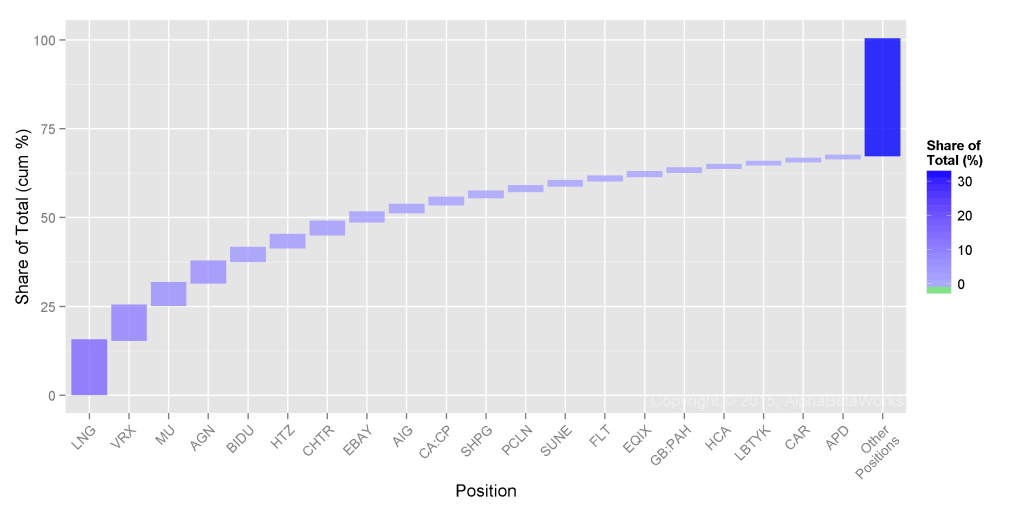Why Hedge Funds for Retail Investors Are a Bad Idea US News
Post on: 16 Март, 2015 No Comment

Cautionary advice for investors who might be tempted to dip their toe in the hedge fund waters.
Daniel Solin
There has been a recent spate of publicity heralding the availability of hedge funds for individual investors. Two investing giants, Blackstone Group LP and Fidelity Investments, have teamed up to give clients of Fidelity’s Portfolio Advisory Service access to Blackstone’s Alternative Multi-Manager Fund. According to published reports, this alternative fund will give money to 11 hedge fund managers to invest. It has a net expense ratio of a whopping 2.40 percent, which is about twice as high as that of a typical mutual fund .
A sobering assessment of this investing “opportunity” was provided by a surprising source. Pathlight Investors describes itself managing “a conservative long-only dividend equity and fixed-income portfolio as well as a hedge fund-like ETF portfolio.” It has at least one hedge fund investment, so it is not opposed to the basic concept of hedge funds.
Nevertheless, in this well-researched article. Adrian J. Larson, the president and portfolio manager of Pathlight, has some cautionary advice for investors who might be tempted to dip their toe in the hedge fund waters.
Initially, Larson notes the data comparing the performance of the HFRI Fund Weighted Composite Index with the S&P 500 Index (with dividends) over the one-, three-, five- and 10-year periods ending July 31, 2012. The HFRI Fund Weighted Composite Index tracks the returns of 2,000 global hedge funds, net of fees. The results were not encouraging. In all periods, with the exception of the five-year time frame, the hedge fund index underperformed the S&P 500.
Is there safety in numbers. By adding another layer of fees, some offerings provide access to a “fund of funds” in which a fund manager aggregates the hedge funds selected. This seems to be the premise of the Blackstone fund. Presumably, this gives investors access to the “best of the best” hedge fund managers, picked by real “experts.”
Sadly, the data does not support this assumption. When the HFRI Fund of Funds Composite Index was compared with the S&P 500 index for the same time periods, the fund of funds composite underperformed in all time periods measured.
Larson calculated the difference over the past 10 years in returns between an investor who invested $1 million in a simple S&P 500 Index, with dividends reinvested, and an investor in the HFRI Fund of Funds Composite Index. The difference was $661,070 in favor of the S&P 500 index investor.
Larson concludes that hedge funds represent “an investment style that is simply not worth the money.
Not everyone is a loser in the hedge fund industry, as noted in a blog by my colleague Larry Swedroe. Simon Lack, author of The Hedge Fund Mirage, found that the industry kept a staggering 84 percent of the $49 billion in total profits it generated (measured by returns generated above the return of one-month Treasury bills).
The continued fascination of investors with hedge funds that charge obscene fees. while generating staggering profits for themselves and underperforming basic indexes, is fertile ground for study by behavioral finance experts. Making these funds available to retail investors who are looking for higher expected returns for the amount of risk taken is clearly a very bad idea.
Dan Solin is the director of investor advocacy for the BAM Alliance and a wealth adviser with Buckingham Asset Management. He is a New York Times best-selling author of the Smartest series of books. His latest book, 7 Steps to Save Your Financial Life Now, was published on Dec. 31, 2012.
The views of the author are his alone and may not represent the views of his affiliated firms. Any data, information and content on this blog is for information purposes only and should not be construed as an offer of advisory services.














